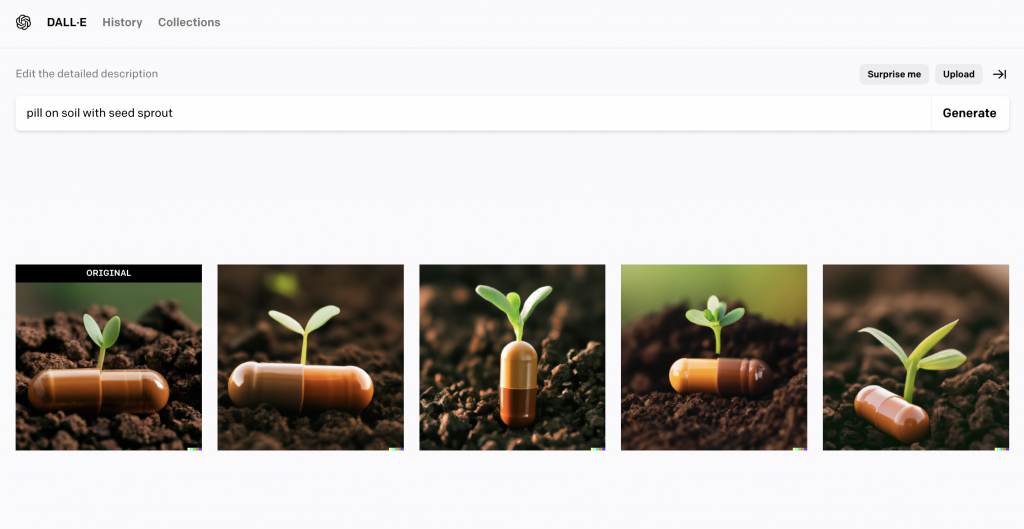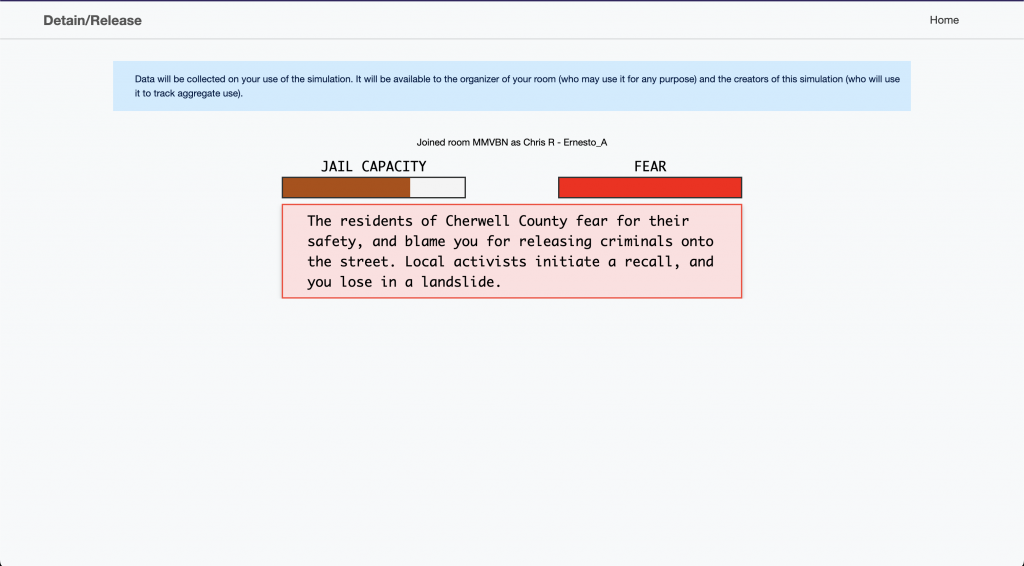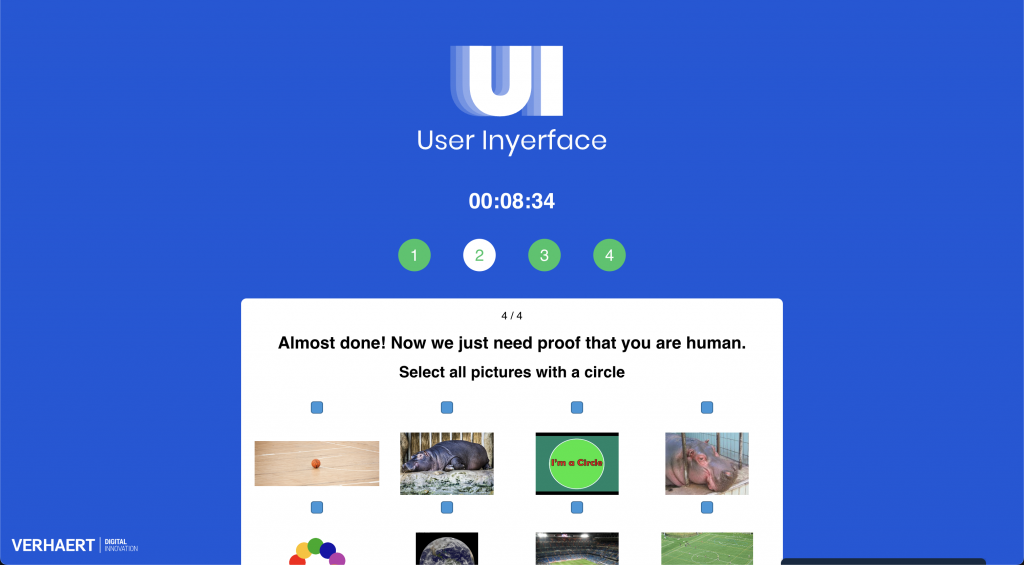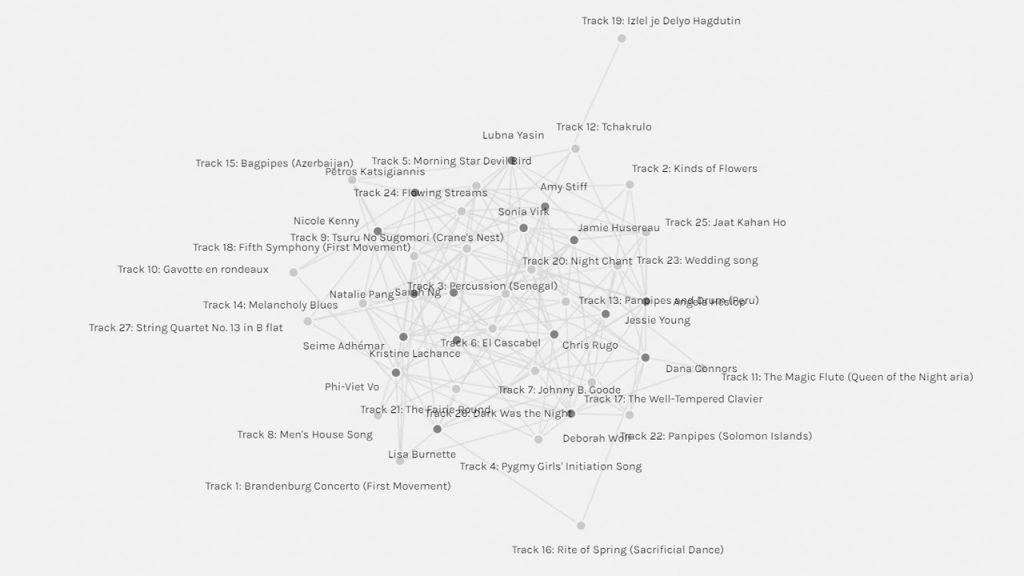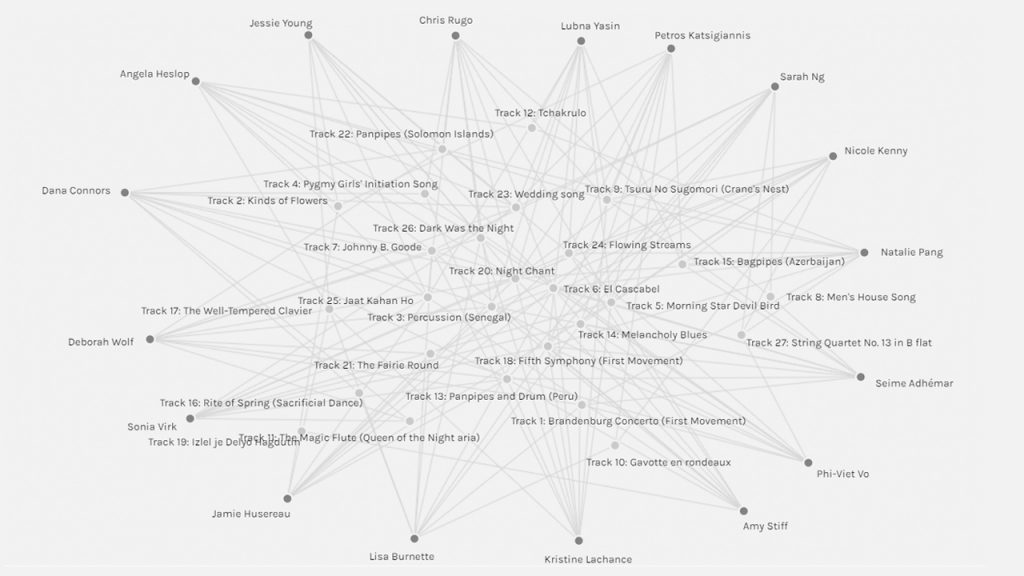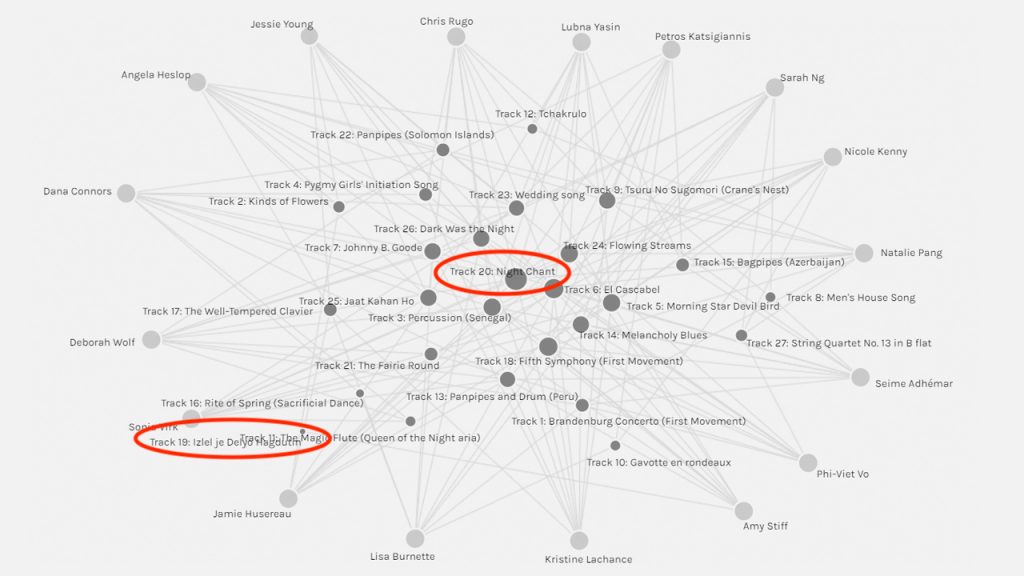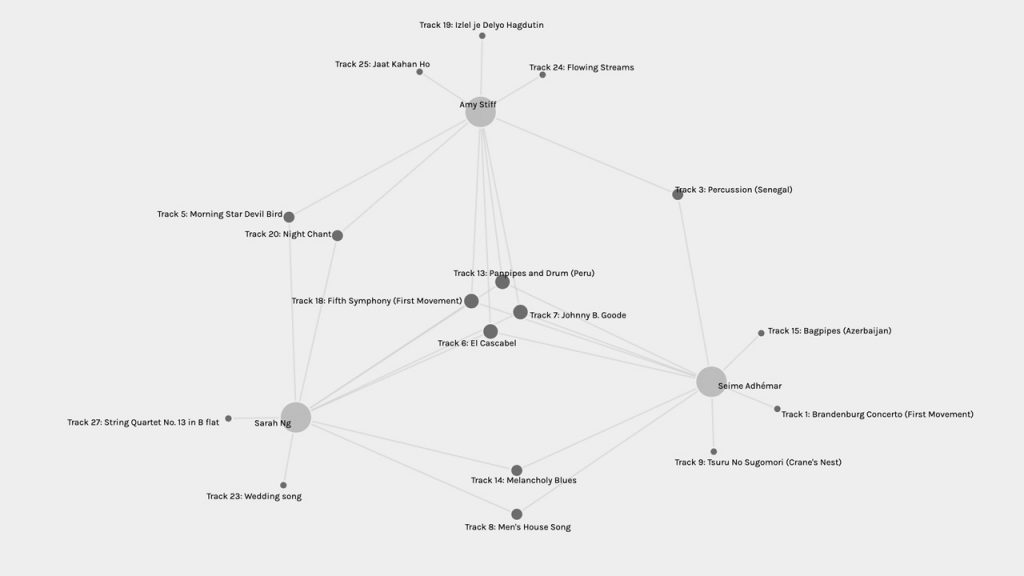Interactive Infographic
Reflection
I appreciated this opportunity to engage in the production of a multimodal digital infographic to explore the development of desktop 3D printers and their impact in the context of post-secondary academic libraries. I selected this topic as it connects with my current professional practice, where part of my role involves supporting the training and use of 3D printers at a college library makerspace. Prior to this assignment, my knowledge of 3D printers was primarily functional, in that I understood the mechanics and processes well enough to support their use in the learning environment. Wherever possible, I drew upon my own knowledge and experience with desktop 3D printing and shared it where appropriate.
While researching the subject matter for this infographic, I’ve acquired a deeper understanding of the events leading to the uptake of 3D printing in the academic library environment. I also now understand it’s origins of 3D printing as a prototyping tool, how it might be considered a “remediation” (Bolter, 2001) of subtractive manufacturing tools, and its impact on supporting digital fluency skills related to digital design. I also have a greater appreciation for the sheer range of 3D printing types and applications outside of the educational context.
This was my first attempt at creating an infographic of this scale for an academic assignment. I used Genially to design the infographic and attempted to communicate my findings in a predominately visual mode using Adobe Illustrator and royalty-free vector graphics sourced from Freepik. I did, however, lean on linguistic modes to some extent to communicate my ideas. I achieved this by including interactive hot spots to provide additional information related to each point on the poster. Overall, I enjoyed this opportunity to explore the development and impact of desktop 3D printing and in a way that is relevant and useful within my practice.
References
Artist rendition of Stratasys’ first 3D printer [Online image]. (2020). TCT Magazine. https://www.tctmagazine.com/additive-manufacturing-3d-printing-news/exclusive-stratasys-scott-crump-3d-printing-legacy/
Autodesk (2021, October 21). Dar: The bridge that designs itself using generative design, 3d printing, robots and AI [Video]. YouTube. https://youtu.be/4gFjXGs2Skg
Barudakvisual. (n.d.). Flat tiny people innovation concept business partner generating idea for projects [Vector illustration]. Freepik. https://www.freepik.com/free-vector/flat-tiny-people-innovation-concept-business-partner-generating-idea-projects_22388673.htm
Beck, E. (2020). Discovering maker literacies: Tinkering with a constructionist approach and maker competencies. Computers and Composition, 58, 102604. https://doi.org/10.1016/j.compcom.2020.102604
Benigno, V. (2023, January 20th). The Idea Lab. Humber Libraries Spotlight. https://libguides.humber.ca/library-spotlight/posts/the-idea-lab
Bharti, N., Gonzalez, S. & Buhler, A. (2015). 3D technology in libraries: Applications for teaching and research. In S. Kataria, K. J. P. Abu, S. Ram, & R. Gartner (Eds.), Proceedings of the 4th international symposium on emerging trends and technologies in libraries and informations services (pp. 161-166). Noida, India: IEEE. https://doi.org/10.1109/ETTLIS.2015.7048191
Bolter, J.D. (2001). Writing space: Computers, hypertext, and the remediation of print (2nd ed.). Lawrence Erlbaum Associates
Brock University Library Makerspace [Online image]. (n.d.). Brock University. https://brocku.ca/library/makerspace/technology/
Brown, D. & Vecchione, A. (2014, December 15). How to pack a room: 3D printing at Albertsons library. The Idaho Librarian. https://theidaholibrarian.wordpress.com/2014/12/15/3d-printing-at-albertsons-library/
Elrod, R. (2016). Tinkering with teachers: The case for 3D printing in the education library. Education Libraries (Boston, MA), 39(1), 1-13.
First commercial successful stereolithography machine, model SLA-1, 1987 [Online image]. (n.d.). The Henry Ford. https://www.thehenryford.org/collections-and-research/digital-collections/artifact/242212/#slide=gs-308680
Formlabs. (n.d.). Generative Design 101. https://formlabs.com/blog/generative-design/
Freepik. (n.d.). Free vector desk with computer [Vector illustration]. https://www.freepik.com/free-vector/desk-with-computer_741751.htm
Freepik. (n.d.). Free vector people recycling concept [Vector illustration]. https://www.freepik.com/free-vector/people-recycling-concept_7882884.htm
Kodama, H. (1981). Automatic method for fabricating a three‐dimensional plastic model with photo‐hardening polymer. Review of Scientific Instruments, 52(11), 1770-1773. https://doi.org/10.1063/1.1136492
Macrovector. (n.d.). Free vector four square automated assembly icon set with descriptions of cnc system assembly line automatic loaders [Vector illustration]. https://www.freepik.com/free-vector/four-square-automated-assembly-icon-set-with-descriptions-cnc-system-assembly-line-automatic-loaders-robotics-vector-illustration_9376802.htm
Macrovector. (n.d.). Free vector printer 3d flat icons set of modern architecture futuristic building process isolated vector illustration [Vector illustration]. https://www.freepik.com/free-vector/printer-3d-flat-icons-set-modern-architecture-futuristic-building-process-isolated-vector-illustration_1158629.htm
Macrovector. (n.d.). Printing industry icon set [Vector illustration]. https://www.freepik.com/free-vector/printing-industry-icon-set_6882887.htm
Nagle, S. B. (2021). Maker services in academic libraries: A review of case studies. The New Review of Academic Librarianship, 27(2), 184-200. https://doi.org/10.1080/13614533.2020.1749093
Novak, J. I., & Loy, J. (2019). “Chapter 11 Moving 3D Printing beyond the Desktop within Higher Education”. In N. Ali & M. S. Khine (Eds.), Integrating 3D Printing into Teaching and Learning (pp. 206-227). Leiden, The Netherlands: Brill. https://doi.org/10.1163/9789004415133_011
Olga_spb. (n.d.). White and green cubes collection [Vector illustration]. https://www.freepik.com/free-vector/white-green-cubes-collection_877409.htm
O’Neill, B. (2023, January 23). FFM vs FDM: Is there any difference? Wevolver. https://www.wevolver.com/article/fff-vs-fdm-is-there-any-difference
Paris, H., Mokhtarian, H., Coatanéa, E., Museau, M., & Ituarte, I. F. (2016). Comparative environmental impacts of additive and subtractive manufacturing technologies. CIRP Annals, 65(1), 29-32. https://doi.org/10.1016/j.cirp.2016.04.036
PBSoffbook. (2013, February 28). Will 3D printing change the world? | Off book | PBS digital studios [Video]. YouTube. https://youtu.be/X5AZzOw7FwA
Pch.vector. (n.d.). Businessman pulling speedometer from poor to good performance [Vector illustration]. https://www.freepik.com/free-vector/businessman-pulling-speedometer-from-poor-good-performance_19212449.htm
Pch.vector. (n.d.). Free vector office people putting pieces of jigsaw of head puzzle together [Vector illustration]. Freepik. https://www.freepik.com/free-vector/office-people-putting-pieces-jigsaw-head-puzzle-together-symbol-psychological-help-personality-partnership-flat-vector-illustration-mental-health-support-leadership-concept-banner_22343945.htm
Pch.vector. (n.d.). Free vector team of crisis managers solving businessman problems [Vector illustration]. Freepik. https://www.freepik.com/free-vector/team-crisis-managers-solving-businessman-problems-employees-with-lightbulb-unraveling-tangle-vector-illustration-teamwork-solution-management-concept_10613678.htm
Pch.vector. (n.d.). Free vector young people cleaning beach from garbage [Vector illustration]. https://www.freepik.com/free-vector/young-people-cleaning-beach-from-garbage-activist-eco-plastic-flat-vector-illustration-ecology-environment_10174087.htm
Pch.vector. (n.d.). Group of students watching online webinar [Vector illustration]. https://www.freepik.com/free-vector/group-students-watching-online-webinar_8271020.htm
Pettis, B. (2009, April 19). The MakerBot Cupcake CNC [Online image]. Wikimedia Commons. https://commons.wikimedia.org/wiki/File:MakerBot_ThingOMatic_Bre_Pettis.jpg
Proto3000. (2017, March 27). Finishing 3D prints 101: How to sand 3D printed parts [Video]. YouTube. https://youtu.be/NLoB52nPuao
Purpur, E., Radniecki, T., Colegrove, P. T., & Klenke, C. (2016). Refocusing mobile makerspace outreach efforts internally as professional development. Library Hi Tech, 34(1), 130-142. https://doi.org/10.1108/LHT-07-2015-0077
Rathbone, E. (2018, July 29) Additive vs. subtractive manufacturing – what’s the difference? Autodesk. https://blogs.autodesk.com/advanced-manufacturing/2018/07/29/additive-vs-subtractive-manufacturing-whats-the-difference/
Resnick, M. (2002). Chapter 3: Rethinking learning in the digital age. In G. Kirkman & K. Schwab (Eds.) The global information technology report: Readiness for the networked world. Harvard Berkman Klein Center. https://cyber.harvard.edu/publications/2002/The_Global_Information_Technology_Report_2001-2002
6 3D Printers on shelves [Online image]. (n.d.). Montana State University. https://www.montana.edu/makerspace/Printing.html
Sentavio. (n.d.). Free vector set of office elements [Vector illustration]. Freepik. https://www.freepik.com/free-vector/set-office-elements_6323191.htm
Snyder, I. (1996). Hypertext: The electronic labyrinth. Melbourne University Press.
Song, R., Clemon, L., & Telenko, C. (2019). Uncertainty and variability of energy and material use by fused deposition modeling printers in makerspaces. Journal of Industrial Ecology, 23(3), 699-708. https://doi.org/10.1111/jiec.12772
Su, A. & Al’Aref, S. (2018). Chapter 1 – History of 3D Printing. In S. Al’aref, B. Mosadegh, S. Dunham. & J. Min (Eds.), 3D printing applications in cardiovascular medicine (pp. 1-10). Elsevier Science & Technology. https://doi.org/10.1016/B978-0-12-803917-5.00001-8
The New London Group. (1996). A pedagogy of multiliteracies: Designing social futures. Harvard Educational Review 66(1), 60-92. http://newarcproject.pbworks.com/f/Pedagogy%2Bof%2BMultiliteracies_New%2BLondon%2BGroup.pdf
3DSourced. (2021, August 10). The complete history of 3D printing: From 1980 to 2022. https://www.3dsourced.com/guides/history-of-3d-printing/
Trust, T., Maloy, R., & Edwards, S. (2020). Makerspaces and 3D Printing: A Learning-by-Doing Professional Development Model for Preservice and Inservice Teachers. In M. Grassetti & J. Zoino-Jeannetti (Eds.), Next Generation Digital Tools and Applications for Teaching and Learning Enhancement (pp. 201-220). IGI Global. https://doi.org/10.4018/978-1-7998-1770-3.ch011
UltiMaker. (2022, May 4). Getting started with Cura 5 [Video]. YouTube. https://youtu.be/5l_Eqcy9Z4s
University of Calgary(n.d.). Makerspace. https://library.ucalgary.ca/services/makerspace
U.S. Government Accountability Office. (2015). FIgure 1 – Conceptual comparison between subtractive and additive manufacturing [Online image]. Wikimedia Commons. https://commons.wikimedia.org/wiki/File:Figure_1-_Conceptual_Comparison_between_Subtractive_and_Additive_Manufacturing_(22327379300).jpg
Vector4stock. (n.d.). Free vector roboticist online service or platform robotic engineering and constructing artificial intelligence in modeling [Vector illustration]. Freepik. https://www.freepik.com/free-vector/roboticist-online-service-platform-robotic-engineering-constructing-artificial-intelligence-modeling-industry-3d-editor-flate-vector-illustration_28158904.htm
Visible layer lines on a 3d printed part [Online image]. (2023, March 4). MANUFACTUR3D. https://manufactur3dmag.com/7-ways-to-reduce-layer-lines-in-3d-prints/
Wang, Q. (Emily), Myers, M. D., & Sundaram, D. (2013). Digital Natives and Digital Immigrants: Towards a Model of Digital Fluency. Business & Information Systems Engineering, 5(6), 409–419. https://doi.org/10.1007/s12599-013-0296-y
